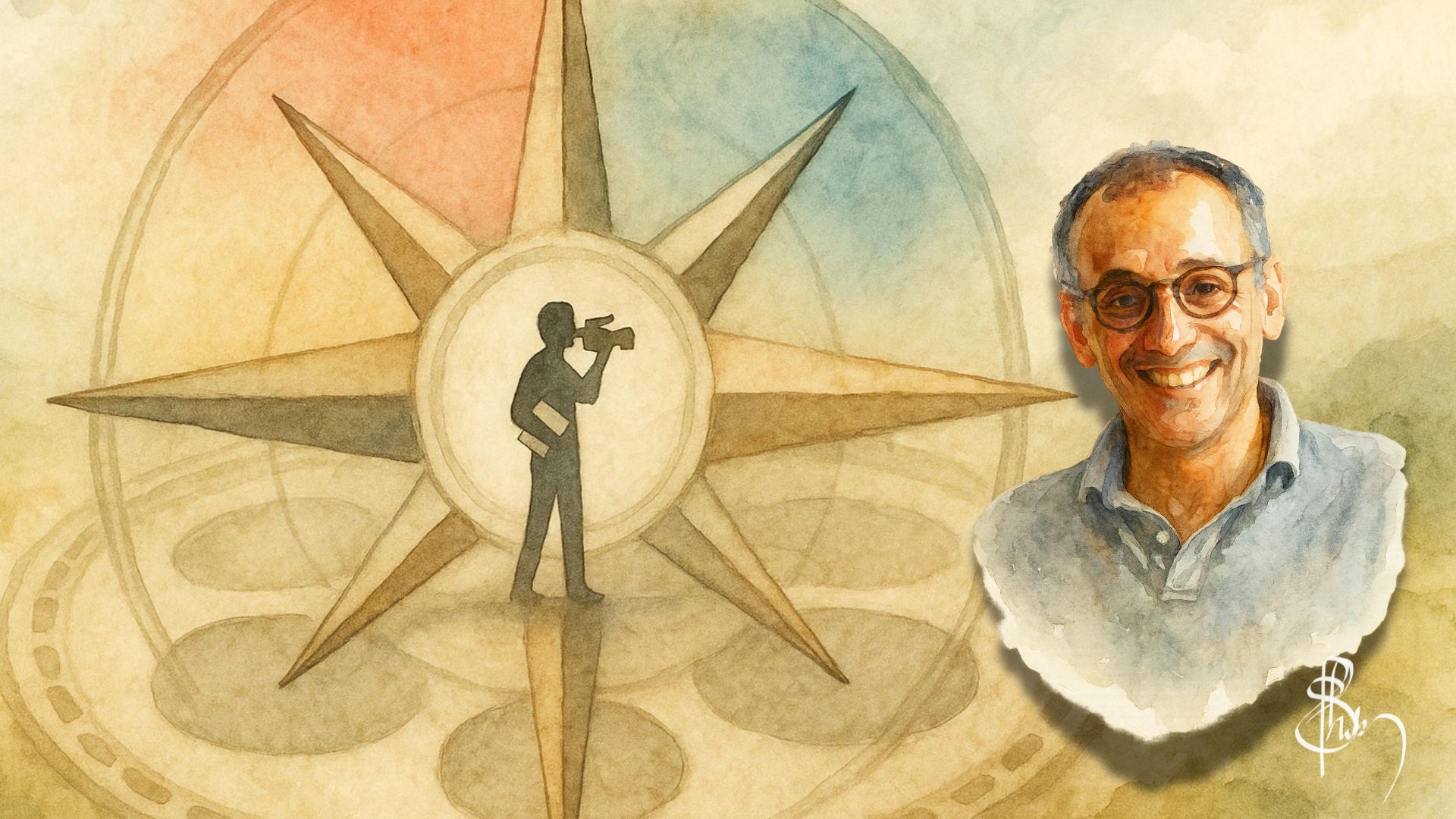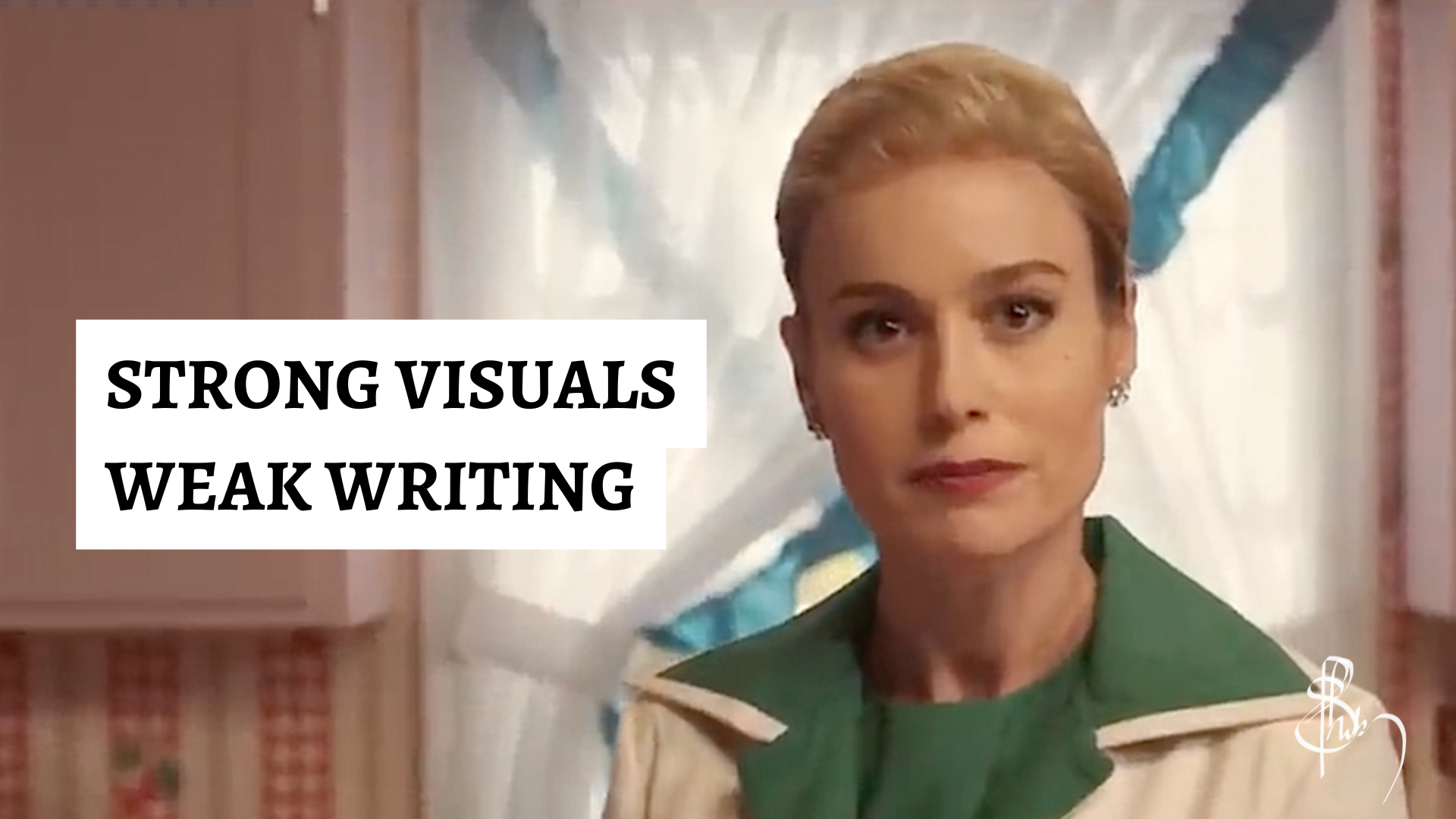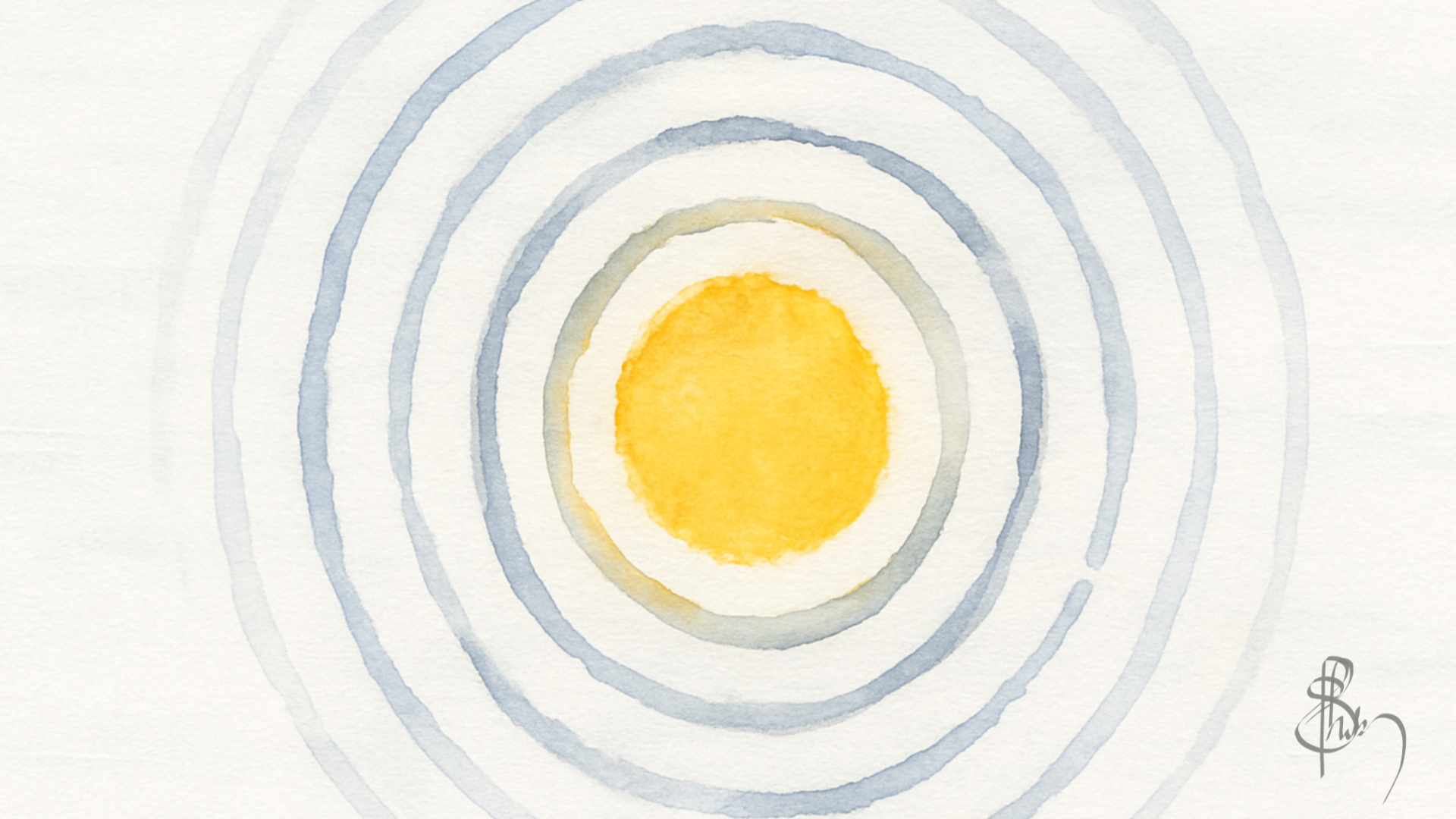In India, it’s known as dubbing. Everywhere else it’s called Automatic/Automated Dialogue Replacement (ADR) or Looping. It is the long process of recording each and every dialogue spoken by actors in a film. Synchronised sound, colloquially known as sync sound and more professionally called production audio, is the sound recorded from the actors, while on set.
This is an excerpt from my book The Indian Indie Film (or Make Your Film for rest of the world). It was written from the experience of making my debut feature film on an iPhone for ₹5 lakhs ($7,000). Now available on Amazon, Flipkart and so on. Get your copy here.
Dubbing And India
Majority of all Indian movies are dubbed. While almost every other film industry uses only production audio. To them ADR is looked down upon. While Indians have been embracing it, recently though, we too have started looking down on dubbing. More and more films are now turning to use only production audio. I believe Lagaan was one of the first ones to be widely acclaimed.
“Is dubbing or sync sound better” is a question that has been raging for some time in the filmmaking community. I used to believe production audio was better. It captured the actor’s performance at that moment, which I, as the director, would have said okay to. But if you are making a low budget film in India, dubbing is the way to go. Here is why.
Time On Set is Expensive
If you are recording sound along with picture, then you need to have a person dedicated to do that. No questions there. Take my word for it. Let me tell you how a typical day might be.
The first day you are on set. A take went well and you just called cut. That dedicated person you hired comes to you and tells you that a dog barked while the actor spoke and politely asks for a retake. They cannot use that take. It is like an actor slipped during a take. You of course cannot correct that in post. So you will go for another take.
You do that, the camera moved perfectly as you hoped, the actors performed way better, you are happy you went for another take and you call cut. The sound person comes and tells you a car honked while the actor spoke and asks for a retake. Of course they cannot correct that in post. So you convince the actor and team for another take.
Everyone unwillingly goes for another take because you asked. The performance was not good in this one. So you call for another take. This time the camera lost focus on the actor while they moved. You call for another take, but now the actor’s make up need retouching. The makeup team does that, you take another take. Thankfully everything came together for this take. You look at the sound guy.
He tells you that a cow cried from the neighbour’s house. Do you go for another take, or do you tell him we will dub it later?
Non Ideal Locations
Finding a location required by the script, which is the best place for the visuals, silent enough to record clean audio, and is available for free is a difficult combination. If you have the time to do it, then by all means. Else you have to compromise one. Which then should you compromise on?
I chose sound. Not because it is inferior to the other. Far from it. Good quality sound is far more important than beautiful visuals. But I choose to dub the movie later because I knew I had access to studios.
Accessibility to Recording Studios
As all Indian film industries have for years been dubbing, we have access to a lot of good quality recording studios, for cheap. Not only film recording studios, but there are music recording studios as well.
If you have seen Gully Boy, you might have seen a scene in which they go to a tiny studio in the middle of a ghetto. Such recording places, and even more affordable professional studios, can be found in every city in India. The cheapest one that I have heard of, doing professional quality work in Kochi, is around ₹500 per hour. This includes everything related to recording (mixing charges are higher). On average a feature takes around 8 days to dub, working 8/9 hours a day, that comes to around ₹35,000.
We were cheapskate. We didn’t do that either.
Setup a Home Dubbing Studio
We dubbed the whole movie in my friend’s bedroom.
https://www.instagram.com/p/BvgPLFSAnkB/?utm_source=ig_web_copy_link
My friend already had all required equipments from his father’s shut down studio (remember that article on making connections?). We dubbed after his office hours, from 7 in the evening till 12 in the midnight, everyday for 2 months. As we did not have a sound proof studio, we had to stop every time an aeroplane went by or the crickets started. After all, time was what we had.
“You either pay with money or with time, if you want to make a quality product.”
In low budget filmmaking you are always compromising one thing for another. And it is each of those decisions that you take that shapes the film you are making. As far as possible make choices keeping the audience in mind. Based on my resources, I knew for Munnariv dubbing was the cheaper option that offered the best auditory experience to the audience. What will yours be?
Hey Aspiring Filmmaker,
I debuted my film career making a feature film for ₹5 lakhs ($7,000) on an iPhone. I’d like to help you do the same. So I wrote everything I learned into a book. It is now available on Amazon, called The Indian Indie Film (or Make Your Film for rest of the world). Enjoy!





